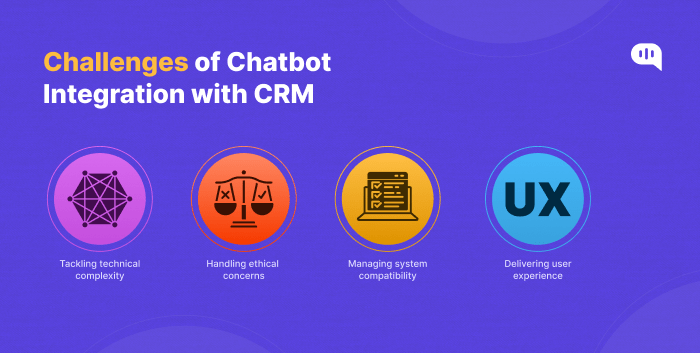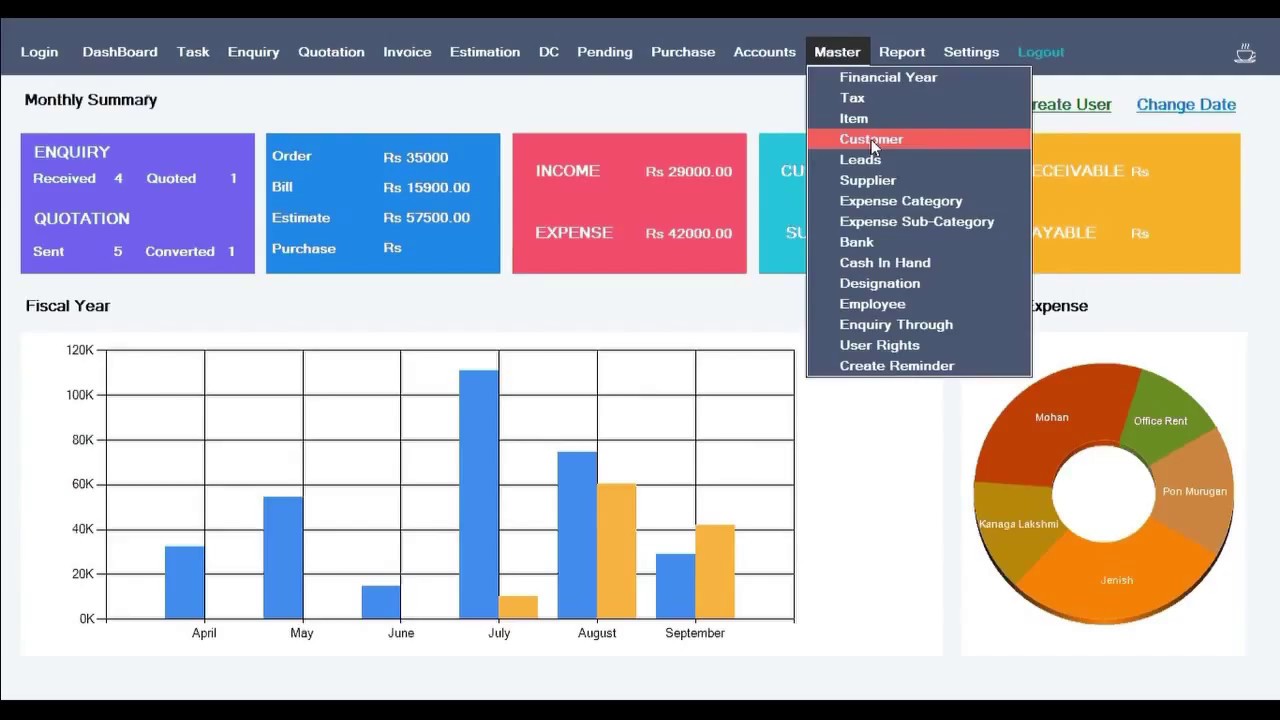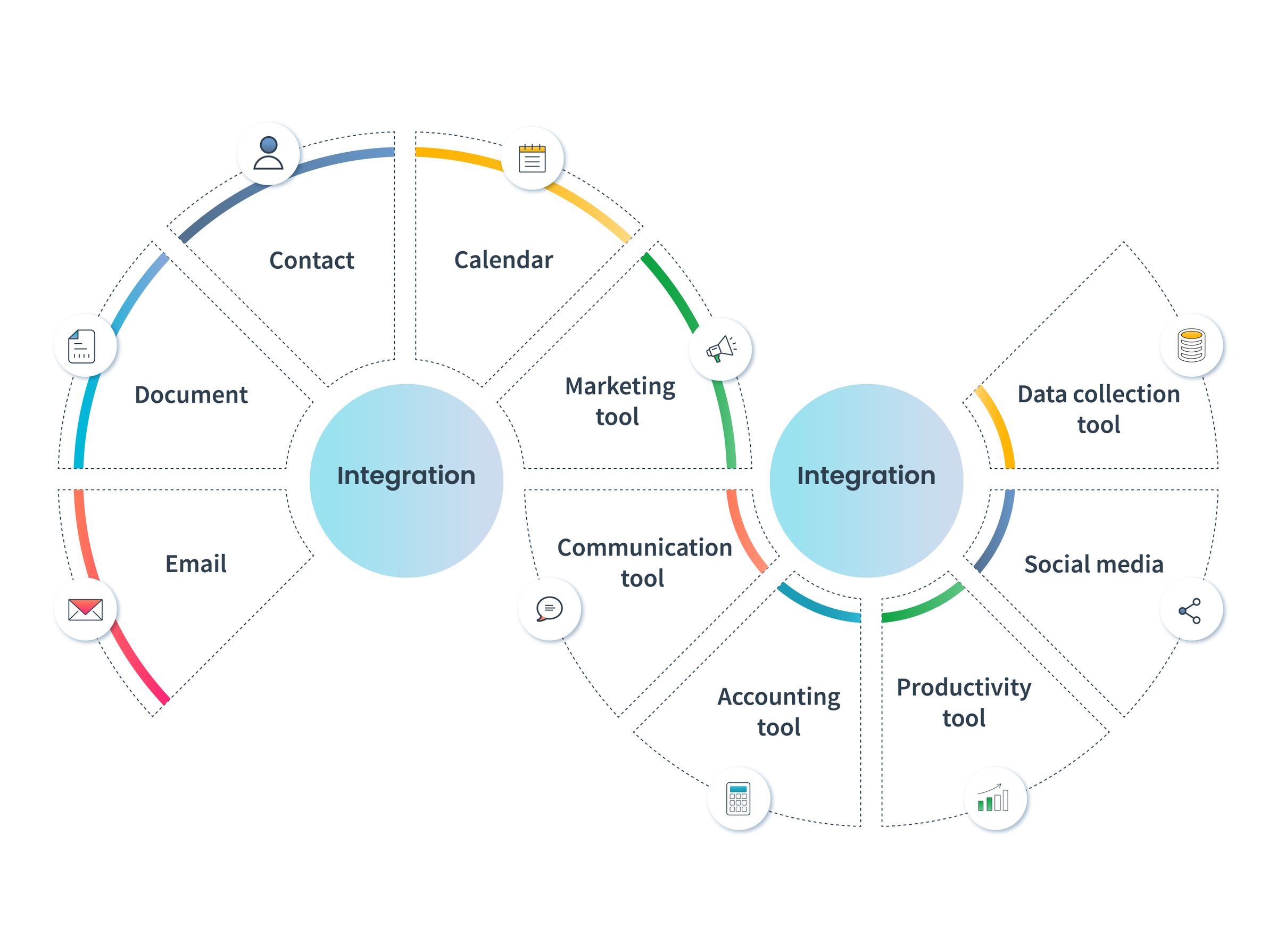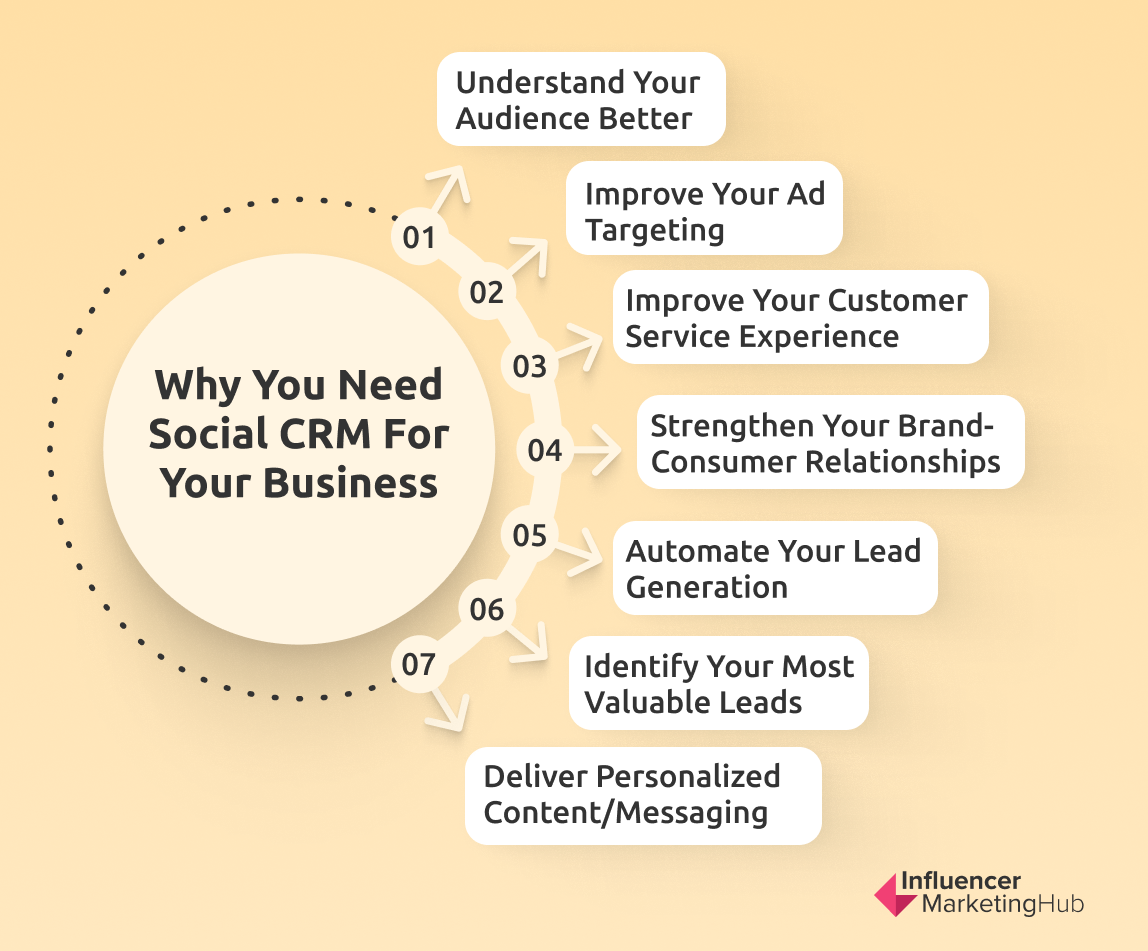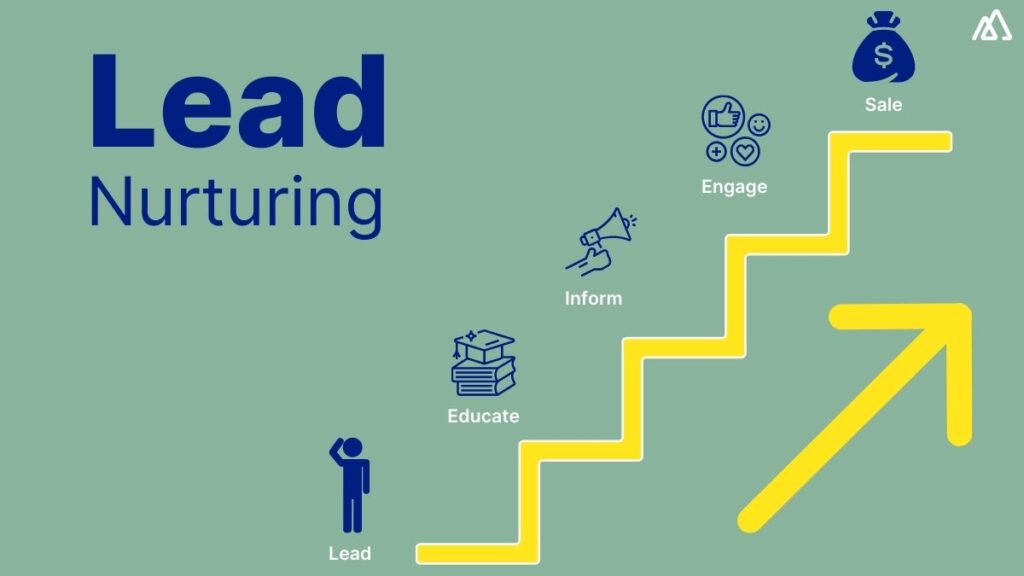
Mastering CRM Marketing Lead Nurturing: A Comprehensive Guide to Converting Leads into Loyal Customers
In the dynamic world of marketing, capturing a lead is just the first step. The real magic happens in nurturing that lead, guiding them through the sales funnel, and ultimately transforming them into a loyal customer. This is where CRM marketing lead nurturing comes into play. It’s a strategic process that uses Customer Relationship Management (CRM) systems to cultivate relationships with potential customers, moving them from initial interest to a buying decision. This comprehensive guide will delve deep into the art and science of CRM marketing lead nurturing, providing you with the knowledge and tools to build lasting customer relationships and boost your bottom line.
Understanding the Foundation: What is CRM Marketing Lead Nurturing?
At its core, CRM marketing lead nurturing is the process of building relationships with potential customers, even before they’re ready to buy. It involves engaging with leads through personalized communication, providing valuable information, and addressing their specific needs and pain points. The goal is to build trust, establish credibility, and ultimately, guide leads towards a purchase decision.
Think of it like this: you wouldn’t propose marriage on the first date. You need to get to know the person, learn about their interests, and build a connection. Lead nurturing is the same. It’s about building a relationship over time, providing value, and demonstrating why your product or service is the best solution for their needs.
CRM systems are the backbone of this process. They allow you to:
- Track Lead Interactions: Monitor every interaction a lead has with your brand, from website visits to email opens and social media engagement.
- Segment Your Audience: Group leads based on demographics, behavior, interests, and stage in the buying journey.
- Personalize Communication: Tailor your messaging to resonate with specific segments, addressing their individual needs.
- Automate Workflows: Set up automated email sequences, tasks, and other actions to streamline the nurturing process.
- Measure Results: Track key metrics like open rates, click-through rates, conversion rates, and ROI to optimize your nurturing efforts.
Why is CRM Marketing Lead Nurturing Crucial?
In today’s competitive landscape, simply generating leads isn’t enough. You need to nurture those leads to convert them into paying customers. CRM marketing lead nurturing offers a multitude of benefits:
- Increased Conversion Rates: By providing relevant information and addressing their needs, you can significantly increase the likelihood of leads converting into customers.
- Shorter Sales Cycles: Nurturing helps move leads through the sales funnel more quickly, reducing the time it takes to close a deal.
- Improved Customer Loyalty: Building relationships with leads before they become customers fosters trust and loyalty, making them more likely to stay with your brand long-term.
- Higher Customer Lifetime Value: Loyal customers tend to spend more over time, increasing their lifetime value to your business.
- Enhanced Brand Reputation: Providing valuable content and personalized experiences positions your brand as a thought leader and builds a positive reputation.
- Better ROI on Marketing Spend: By focusing on nurturing qualified leads, you can maximize the return on your marketing investments.
Key Components of a Successful CRM Marketing Lead Nurturing Strategy
Creating a successful lead nurturing strategy involves several key components. Here’s a breakdown:
1. Defining Your Target Audience
Before you can nurture leads effectively, you need to understand who you’re trying to reach. Create detailed buyer personas that represent your ideal customers. Consider their demographics, psychographics, pain points, goals, and buying behaviors. This will help you tailor your messaging and content to resonate with their specific needs.
2. Lead Segmentation
Not all leads are created equal. Segment your leads based on various criteria, such as:
- Demographics: Age, location, industry, job title, company size, etc.
- Behavior: Website activity, email opens, click-throughs, content downloads, etc.
- Interests: Topics they’ve expressed interest in, content they’ve engaged with, etc.
- Lead Source: Where they came from – social media, website forms, paid advertising, etc.
- Stage in the Buying Journey: Awareness, consideration, decision.
Segmentation allows you to deliver more relevant and personalized content to each group.
3. Content Creation
Content is the fuel that powers your lead nurturing engine. Create a variety of content formats to engage leads at different stages of the buying journey. Consider:
- Blog posts: Address common pain points and provide valuable information.
- Ebooks and white papers: Offer in-depth insights and thought leadership.
- Webinars: Educate leads and showcase your expertise.
- Case studies: Demonstrate the value of your product or service through real-world examples.
- Videos: Create engaging content that captures attention and conveys your message.
- Infographics: Present complex information in a visually appealing format.
- Email newsletters: Share updates, valuable content, and promotions.
Make sure your content aligns with the needs and interests of each segment.
4. Automated Workflows
Automation is key to scaling your lead nurturing efforts. Set up automated email sequences and tasks to guide leads through the sales funnel. For example:
- Welcome emails: Introduce your brand and provide valuable resources.
- Educational emails: Share relevant content based on their interests.
- Engagement emails: Encourage interaction and gather feedback.
- Nurturing emails: Address pain points and highlight the benefits of your product or service.
- Sales emails: Offer promotions and encourage a purchase.
Use triggers based on lead behavior to send the right message at the right time.
5. Lead Scoring
Lead scoring is a system that assigns points to leads based on their behavior and engagement. This helps you prioritize your efforts and focus on the most qualified leads. Consider factors like:
- Website visits
- Content downloads
- Email opens and click-throughs
- Social media engagement
- Form submissions
Set a threshold score to identify leads that are ready for sales follow-up.
6. CRM Integration
Integrate your CRM system with your marketing automation platform to seamlessly track lead interactions and personalize your nurturing efforts. This allows you to:
- Sync lead data: Ensure your CRM and marketing automation platform have the same information about your leads.
- Trigger actions: Automate tasks based on lead behavior in your CRM, such as sending a sales rep a notification when a lead reaches a certain score.
- Personalize content: Use CRM data to personalize email content and website experiences.
- Track ROI: Measure the effectiveness of your lead nurturing campaigns by tracking conversions and revenue.
7. Measurement and Optimization
Regularly track your lead nurturing efforts to identify what’s working and what’s not. Analyze key metrics such as:
- Open rates
- Click-through rates
- Conversion rates
- Lead-to-customer conversion rates
- Cost per lead
- Return on investment (ROI)
Use these insights to optimize your content, workflows, and targeting. A/B test different email subject lines, content offers, and calls to action to improve your results.
Best Practices for Effective CRM Marketing Lead Nurturing
To maximize the effectiveness of your lead nurturing efforts, keep these best practices in mind:
- Personalize, Personalize, Personalize: Tailor your messaging to each lead’s specific needs and interests. Use their name, refer to their industry, and address their pain points.
- Provide Value: Focus on providing valuable content that helps leads solve their problems and achieve their goals.
- Be Consistent: Maintain a regular cadence of communication to stay top-of-mind with your leads.
- Be Patient: Lead nurturing is a long-term game. Don’t expect instant results. Build relationships over time.
- Use a Multi-Channel Approach: Engage leads across multiple channels, including email, social media, and your website.
- Make it Mobile-Friendly: Ensure your emails and content are optimized for mobile devices.
- Test and Optimize: Continuously test and refine your lead nurturing campaigns to improve your results.
- Align Sales and Marketing: Ensure your sales and marketing teams are aligned on lead qualification and follow-up processes.
- Respect Lead Preferences: Allow leads to unsubscribe from your emails and manage their communication preferences.
Choosing the Right CRM for Lead Nurturing
Selecting the right CRM is crucial for successful lead nurturing. Consider these factors when making your decision:
- Features: Look for a CRM that offers robust lead nurturing features, such as automated workflows, lead scoring, segmentation, and reporting.
- Ease of Use: Choose a CRM that’s easy to use and navigate, so your team can quickly adopt it.
- Integration: Ensure the CRM integrates with your other marketing tools, such as your email marketing platform and website analytics.
- Scalability: Select a CRM that can grow with your business.
- Pricing: Consider your budget and choose a CRM that offers a pricing plan that fits your needs.
- Customer Support: Look for a CRM provider that offers excellent customer support.
Popular CRM platforms for lead nurturing include:
- HubSpot CRM: A comprehensive CRM with powerful marketing automation features.
- Salesforce Sales Cloud: A robust CRM for larger businesses with advanced customization options.
- Zoho CRM: A user-friendly CRM with a variety of features and integrations.
- Pipedrive: A sales-focused CRM with a visual pipeline and easy-to-use interface.
- ActiveCampaign: A marketing automation platform with built-in CRM capabilities.
Measuring the Success of Your Lead Nurturing Campaigns
Tracking the performance of your lead nurturing campaigns is vital to understand their effectiveness and identify areas for improvement. Key metrics to monitor include:
- Open Rate: The percentage of emails opened by recipients. Indicates the effectiveness of your subject lines and sender reputation.
- Click-Through Rate (CTR): The percentage of recipients who click on links within your emails. Reflects the relevance and engagement of your content.
- Conversion Rate: The percentage of leads who complete a desired action, such as downloading a resource, requesting a demo, or making a purchase. Measures the overall success of your nurturing efforts.
- Lead-to-Customer Conversion Rate: The percentage of leads who convert into paying customers. A crucial metric for measuring the impact on revenue.
- Lead Velocity Rate: The rate at which new leads are progressing through your sales funnel. Indicates the efficiency of your lead nurturing process.
- Cost Per Lead (CPL): The cost of acquiring a single lead. Helps assess the efficiency of your marketing spend.
- Return on Investment (ROI): Measures the profitability of your lead nurturing campaigns by comparing the revenue generated to the investment made.
Use your CRM and marketing automation platform to track these metrics and generate reports. Analyze the data to identify trends, understand what’s working, and make data-driven decisions to optimize your campaigns.
Common Mistakes to Avoid in CRM Marketing Lead Nurturing
Even with the best intentions, businesses can make mistakes that hinder their lead nurturing efforts. Here are some common pitfalls to avoid:
- Sending Generic, Non-Personalized Emails: Leads are more likely to ignore generic emails. Always personalize your messaging to resonate with each lead’s specific needs and interests.
- Sending Too Many Emails: Bombarding leads with too many emails can lead to unsubscribes. Find a balance and respect their time.
- Sending Irrelevant Content: Ensure your content is relevant to each lead’s stage in the buying journey and interests.
- Neglecting Lead Scoring: Without lead scoring, you may be wasting time and resources on unqualified leads.
- Failing to Integrate Sales and Marketing: Siloed teams can lead to communication breakdowns and missed opportunities. Align your sales and marketing efforts.
- Not Tracking Results: Without tracking your results, you won’t know what’s working and what’s not. Regularly analyze your metrics and make adjustments.
- Ignoring Mobile Optimization: Many people check their emails on their phones. Ensure your emails and content are mobile-friendly.
- Not Testing and Optimizing: Continuously test different aspects of your campaigns, such as subject lines and content offers, to improve your results.
- Being Impatient: Lead nurturing takes time. Don’t expect overnight results.
The Future of CRM Marketing Lead Nurturing
The landscape of CRM marketing lead nurturing is constantly evolving. Here are some trends to watch:
- Artificial Intelligence (AI): AI-powered tools are becoming more sophisticated, enabling businesses to personalize communication at scale, predict lead behavior, and automate tasks.
- Hyper-Personalization: Businesses are moving beyond basic personalization to deliver highly customized experiences based on individual lead data.
- Multi-Channel Engagement: Marketers are using a variety of channels, including email, social media, chatbots, and SMS, to engage leads.
- Video Marketing: Video is becoming increasingly popular for lead nurturing, as it’s a highly engaging format.
- Focus on Customer Experience: Businesses are prioritizing the customer experience throughout the lead nurturing process.
Staying ahead of these trends will be crucial for success in the future.
Conclusion: Embracing the Power of CRM Marketing Lead Nurturing
CRM marketing lead nurturing is no longer optional; it’s a necessity for businesses that want to thrive in today’s competitive market. By understanding the fundamentals, implementing effective strategies, and staying up-to-date on the latest trends, you can transform leads into loyal customers and drive sustainable growth. Embrace the power of CRM marketing lead nurturing and watch your business flourish.

